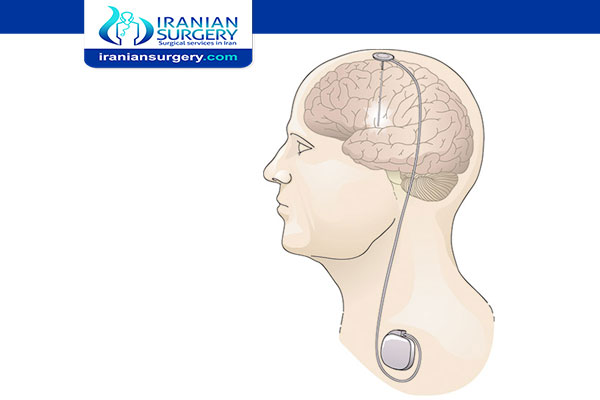Deep Brain Stimulation Success Rate

Deep Brain Stimulation Success Rate
What kind of results can you expect after having DBS?
DBS patients often see positive results, including sometimes regaining significant mobility. “Stimulation of the ventralis intermedius nucleus of the thalamus has clearly been shown to markedly improve tremor control in patients with essential tremor and tremor related to Parkinson disease,” the study said. “Symptoms of bradykinesia, tremor, gait disturbance, and rigidity can be significantly improved in patients with Parkinson disease.”
Read more about : What is Deep Brain Stimulation Used for?
The procedure may decrease the use of medications, although patients should work with their doctors to adjust the device’s impulses to meet each person’s unique needs.
According to a 2019 study published in the Journal of Neurosurgery that addressed long-term outcomes for DBS patients, “Tremor responded best to DBS (72.5% of patients improved), while other motor symptoms remained stable. Ability to conduct activities of daily living (ADLs) remained stable (dressing, 78% of patients; running errands, 52.5% of patients) or worsened (preparing meals, 50% of patients). Patient satisfaction, however, remained high (92.5% happy with DBS, 95% would recommend DBS, and 75% felt it provided symptom control).”
Deep Brain Stimulation Success Rate
The study also observes that more than half of the Parkinson’s patients who received DBS survived for 10 years or longer. Considering that many individuals undergo DBS when alternative solutions become scant and decline becomes startling, an additional 10 years seems encouraging.
Read more about : Deep Brain Stimulation Surgery
Read more about : Deep Brain Stimulation for Parkinson’s disease
Read more about : Pilonidal Sinus

